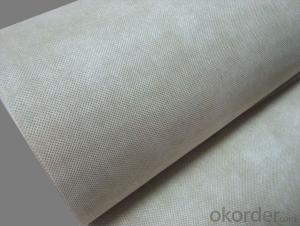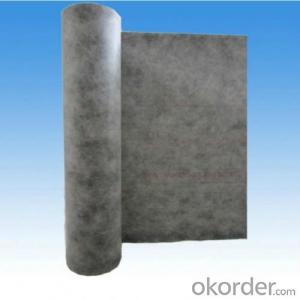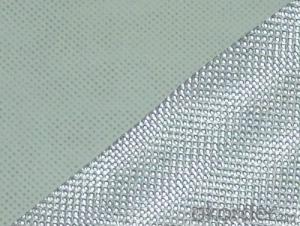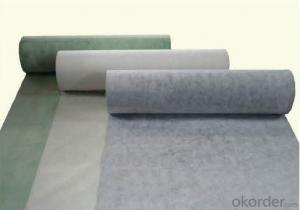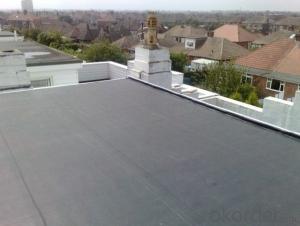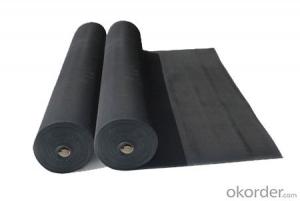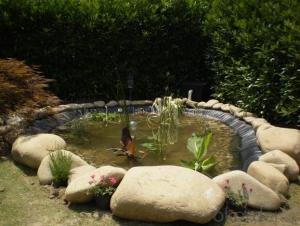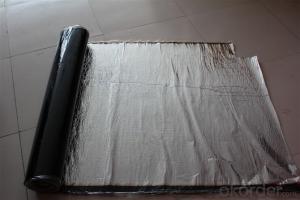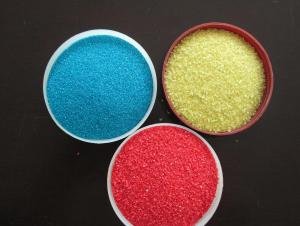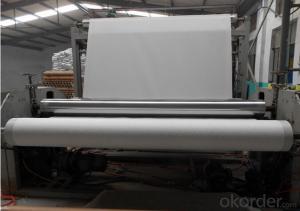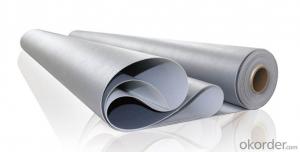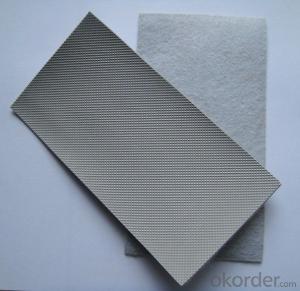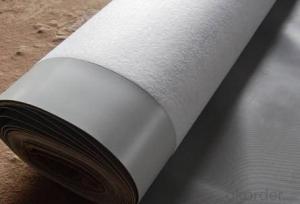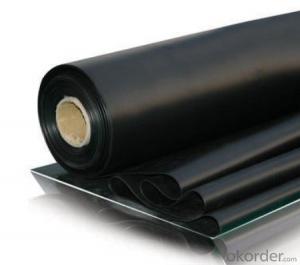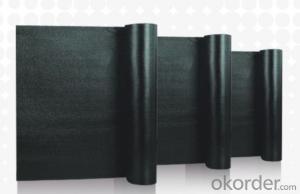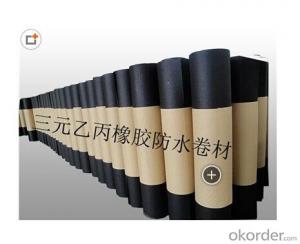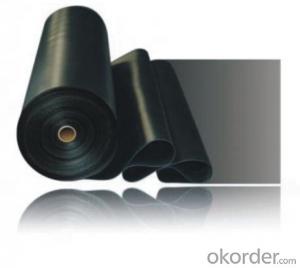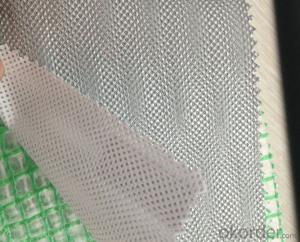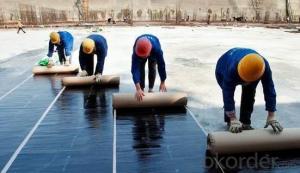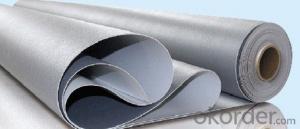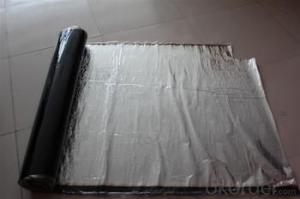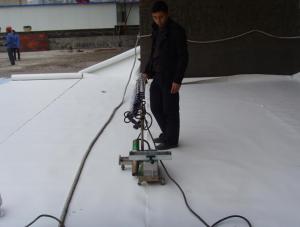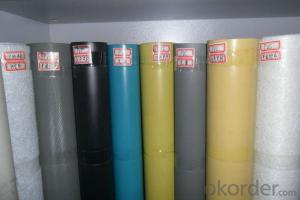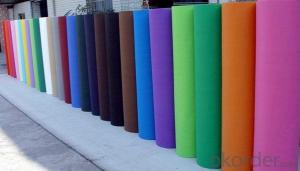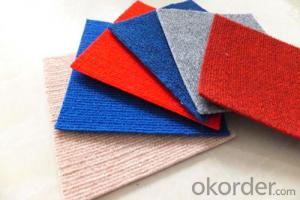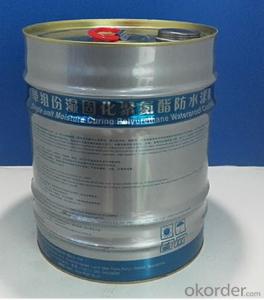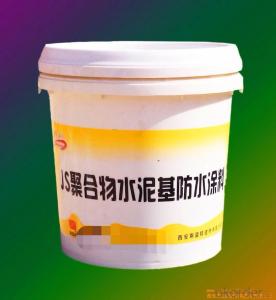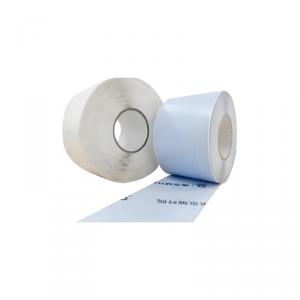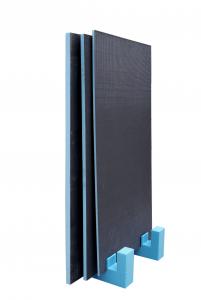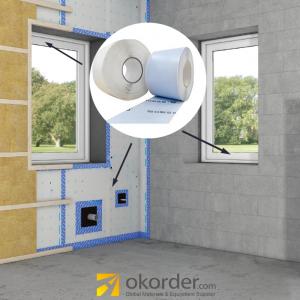Paintable Waterproof Membrane
Paintable Waterproof Membrane Related Searches
Waterproof Paint Waterproof Membrane For Decks Waterproof Geomembrane Bentonite Waterproofing Membrane Geomembrane Waterproofing Mapei Waterproofing Membrane Damp Proof Membrane Red Guard Waterproofing Membrane Redgard Waterproofing Membrane Concrete Foundation Waterproofing Membrane Waterproof Material Waterproofing Membrane Philippines Waterproof Resin Permeable Geomembrane Waterproofing Geomembrane Liner Waterproof Particle Board Material Waterproofing Spray Waterproof Spray Protective Paints Spray Waterproof Sealant Waterproof Sealer Residential Waterproofing Insulating Paint Waterproof Mdf Panels Waterproofing Wet Areas Impermeable Geomembranes Waterproof Seal Geomembrane Impermeable Commercial Waterproofing Bituminous Waterproofing Membrane ManufacturersPaintable Waterproof Membrane Supplier & Manufacturer from China
Paintable Waterproof Membrane is a type of protective coating designed to shield surfaces from water damage while allowing for a seamless, paintable finish. This innovative product is ideal for both indoor and outdoor applications, providing a durable and aesthetically pleasing solution to various waterproofing needs. It can be applied to a wide range of materials, including walls, roofs, and other surfaces prone to moisture exposure, making it an essential component in construction and renovation projects.The Paintable Waterproof Membrane is widely used in various scenarios, such as residential and commercial buildings, where protection from water damage is crucial. It is particularly beneficial in areas with high humidity or frequent rainfall, as it helps to prevent mold and mildew growth, which can cause structural damage and health issues. Additionally, its paintable nature allows for easy customization, enabling property owners to maintain a consistent aesthetic while enhancing the durability and longevity of their structures.
Okorder.com is a leading wholesale supplier of Paintable Waterproof Membrane, offering a vast inventory to cater to the needs of contractors, builders, and DIY enthusiasts. With a commitment to quality and customer satisfaction, Okorder.com ensures that the products they provide meet the highest industry standards. By partnering with reputable manufacturers, they are able to deliver a reliable and cost-effective solution for waterproofing projects, making it easier for customers to achieve their desired results.
Hot Products
